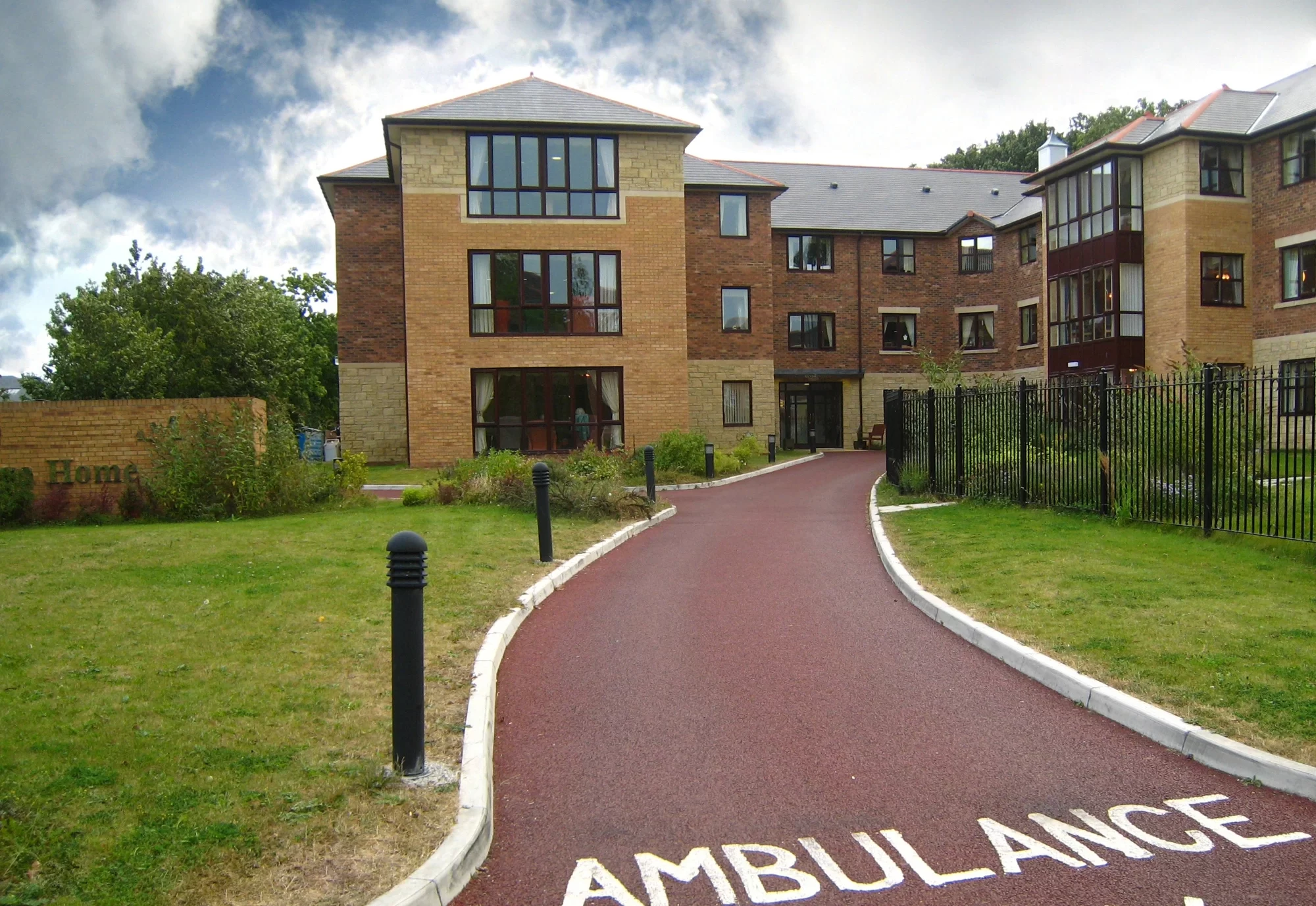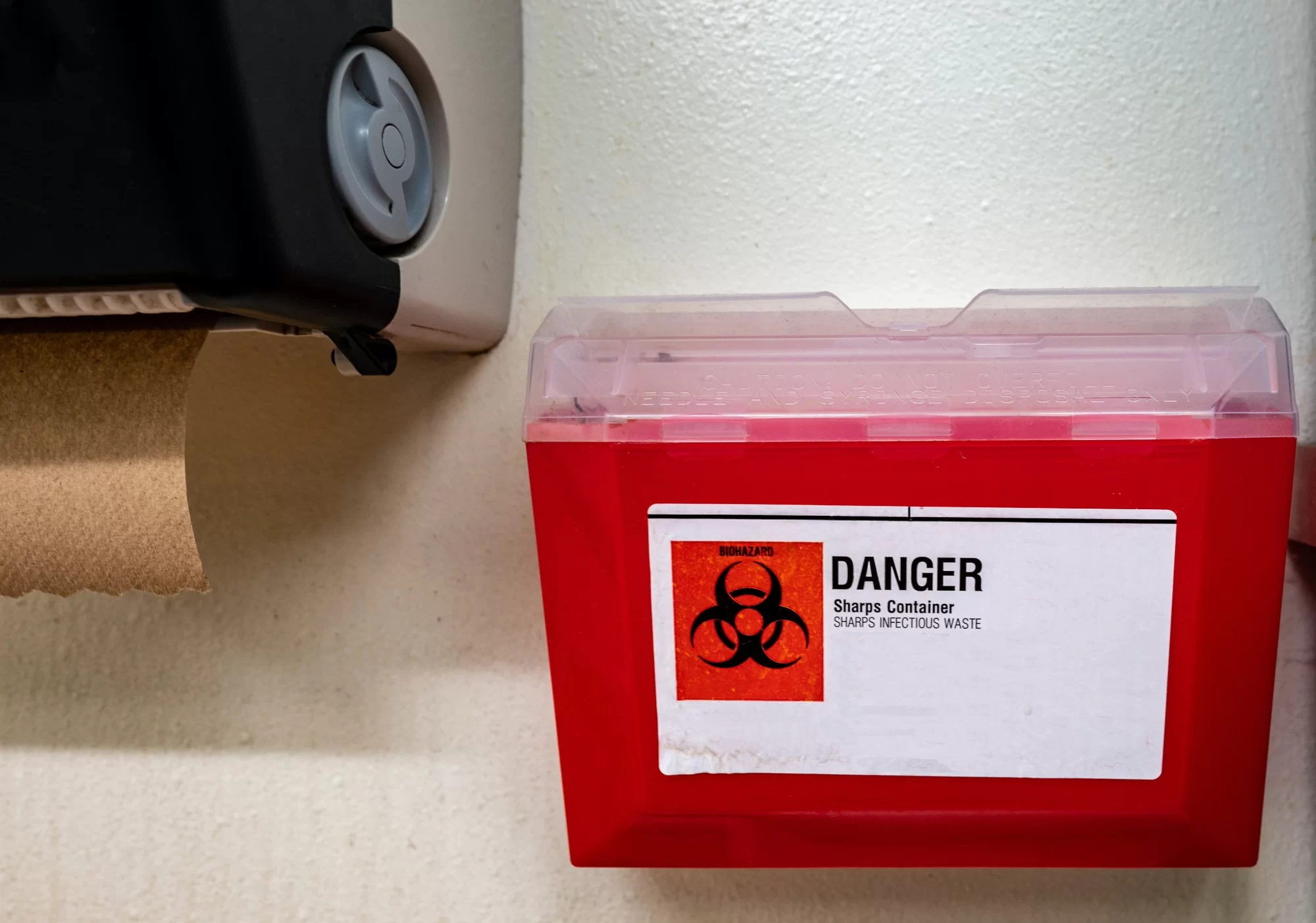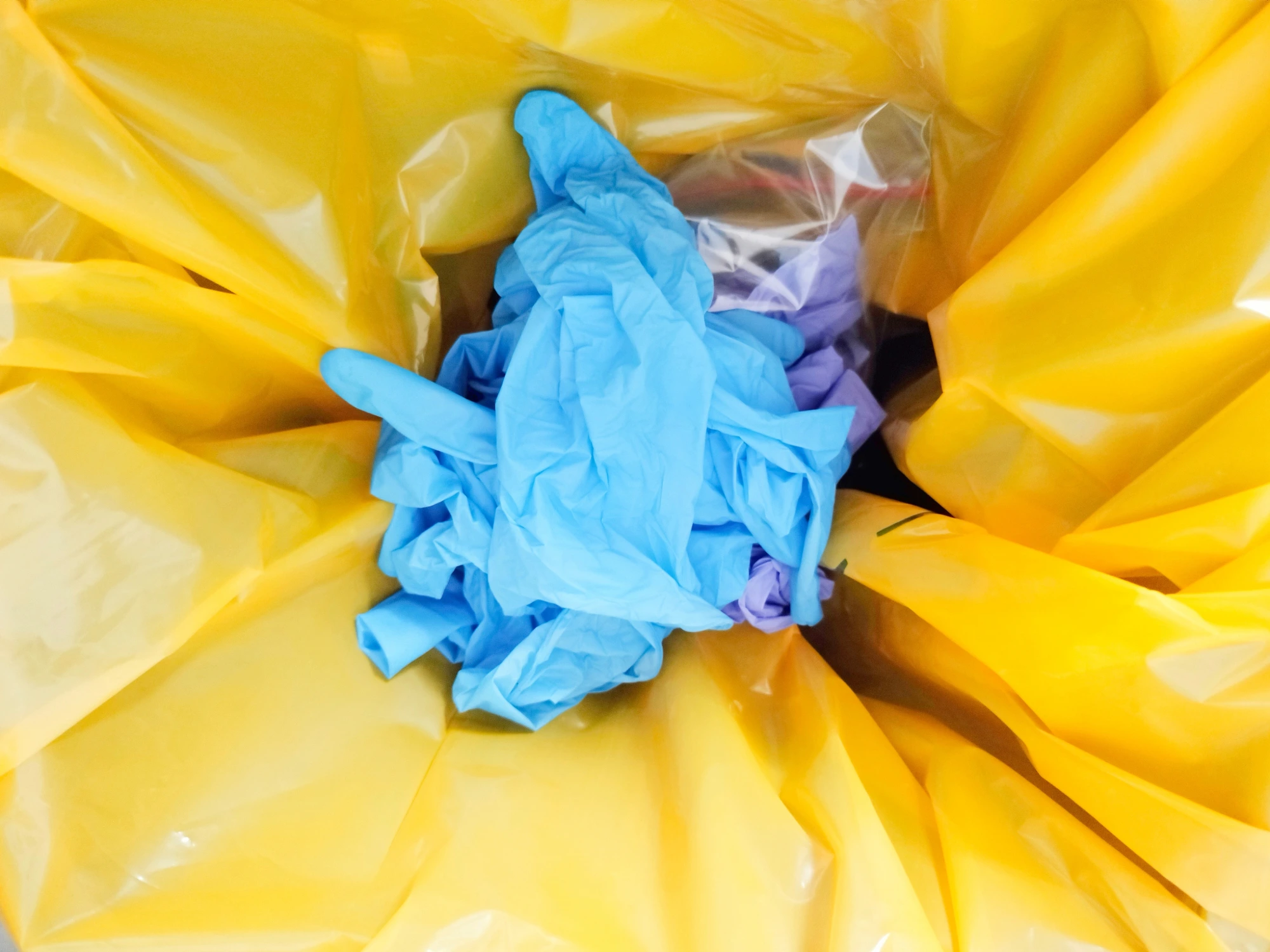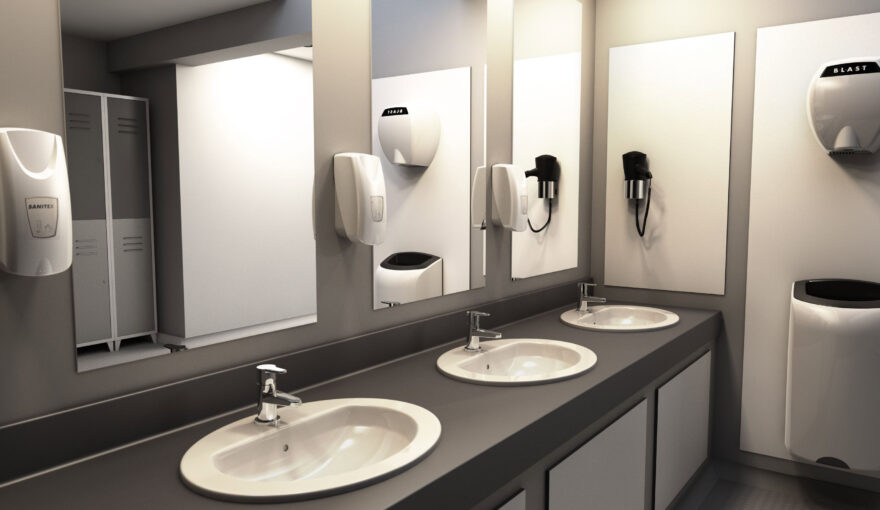Clinical waste management is a significant health and safety issue that extends beyond traditional healthcare facilities such as hospitals, walk-in centres, and pharmacies.

Care homes, as part of the healthcare sector, are also responsible for safely managing the disposal of clinical waste to protect both residents and staff.
What is clinical waste?
The term “clinical waste” refers to materials generated in healthcare settings that pose a risk to health and safety. According to the NHS’s Safe Management of Healthcare Waste guidelines, clinical waste is divided into three categories:
- Healthcare waste that poses a risk of infection.
- Healthcare waste containing chemical hazards.
- Medicines and medicinally contaminated waste that contains pharmaceutically active agents.
In England and Wales, the Controlled Waste Regulations provide further clarity on the types of materials considered clinical waste:
- Blood, bodily fluids, and human excretions.
- Pharmaceuticals and medicinal products.
- Used swabs, dressings, and other waste contaminated with body fluids.
- Syringes, needles, and other sharp instruments.
- Used sanitary products, such as incontinence pads and empty colostomy or urine bags.
These types of waste can be broadly categorised into groups such as sharps, medications, chemical waste, and contaminated personal protective equipment (PPE). For care homes, clinical waste is generated in large quantities, including waste from dressings, incontinence pads, and sharps, all of which need to be handled with particular care.

Why does clinical waste need to be handled carefully in care homes?
The risk of infection transmission is especially high in care homes due to the vulnerability of residents. Many residents have weakened immune systems or suffer from chronic conditions, which makes them more susceptible to infections and other diseases. Improper disposal of clinical waste can lead to the spread of harmful infections, particularly when waste materials contain bodily fluids or other infectious substances.
For example, sharps such as needles or syringes, if not disposed of properly, could be contaminated with an infected patient’s blood. The consequences can be severe, as these materials can carry over 20 different diseases, including HIV and various forms of hepatitis. Therefore, care homes must prioritise safe clinical waste management to prevent the spread of infectious diseases.
Is there a legal responsibility for duty of care?
There are implications for care home organisations that do not maintain a good standard of clinical waste disposal. There are different rules and regulations relating to not only the disposal of clinical waste, but also the transportation of such away from its source.
Failure to comply to terms or expectations of managing appropriate clinical waste disposal can raise concerns about the overall care quality of the care home residents, as they are very much at risk for infections and disease due to their vulnerability.
In the UK there are specific legislations relating to care home waste:
- Environmental Protection Act (1990)
- Hazardous Waste Regulations (2005)
- Health and Safety at Work (Act 1974)
These all guarantee the implementation of protocols of clinical waste management and disposal, including covering the classification and handling of wastes as well as requiring employees to ensure the health of their employees and the public.
Moreover, if there is a failure by the care home to comply with these regulations, it places the public and the environment at risk as well as the business facing potential fines and penalties.

What are the key considerations of clinical waste disposal in care homes?
There are several important considerations that care homes should keep in mind when handling clinical waste. These include:
- Storage: Clinical waste should be stored in restricted-access areas away from general traffic. This reduces the risk of contamination and ensures that only authorised personnel have access to the waste.
- Secure containers: All clinical waste should be stored in rigid, secure, and spill-proof containers that are clearly labelled for specific types of waste (e.g., sharps, medications, and biological waste). Containers should be regularly emptied to prevent the accumulation of waste in enclosed spaces.
- Waste segregation: Different types of clinical waste should be segregated to ensure proper disposal. For example, sharps should be placed in designated bins, while medication waste should go into separate containers.
- Staff training: Care home staff must receive regular training on how to identify, handle, and dispose of clinical waste safely. They should be equipped with the knowledge to respond to emergencies and wear appropriate personal protective equipment (PPE), such as gloves, masks, safety goggles, and gowns.
- Clear labelling and colour-coding: Proper labelling and colour-coding of waste bins can help prevent cross-contamination. Different colours should be used for various types of waste, such as red bins for sharps, yellow bins for clinical waste, and blue bins for pharmaceuticals.
How do I make sure clinical waste disposal is handled correctly?
Firstly, staff should be mindful of what they are wearing when handling clinical waste. This would include wearing personal protective equipment (PPE). This includes gloves to protect your hands from any surface level contaminations, masks to prevent inhaling harmful substances, safety goggles to protect your eyes from airborne particles and splashes and lastly a gown to protect your skin and clothing from harmful exposures. These can be worn mainly by staff and nurses who encounter any residents who present clinical waste matter.
Secondly, safe storage is highly important in care homes. Clinical waste should be kept in a designated restricted area until moved on, in secure containers that are regularly collected to avoid accumulation in a closed space.
Lastly, labelling and colour-coding waste and bins proves to be greatly beneficial when disposing clinical waste. Using different colours and keywords for different types of material, such as using blue bins for medications, yellow bins for clinical waste and red bins for sharps can be easily identified for specific waste to go into the right place.

How can we help your care home with clinical waste disposal?
At NWR Hygiene, we specialise in safe and compliant clinical waste disposal and management. Our services cater specifically to care homes and include the disposal of the following types of waste:
- Sharps waste: Needles, syringes, and other sharp instruments.
- Sanitary waste: Used incontinence pads, colostomy bags, etc.
- Infectious waste: Waste contaminated with bodily fluids.
- Offensive waste: Waste that does not pose a significant risk but is unpleasant to deal with.
- Cytotoxic/Cytostatic waste: Waste containing chemotherapy drugs.
- Anatomical waste: Human tissue and other body parts.
Get in touch with us today for a personalised quote to streamline your clinical waste disposal. We strive for clear, manageable and reasonable pricing with a hassle-free service.
Proper clinical waste disposal is an essential aspect of maintaining a safe and healthy environment in care homes. It not only protects residents, staff, and the public from the risk of infection and disease but also ensures compliance with legal requirements and duty of care.
Care homes must prioritise safe waste management by following best practices for storage, segregation, and disposal. By working with a trusted service provider, such as NWR Hygiene, care homes can improve their clinical waste disposal process and ensure the highest standards of care for their residents.

